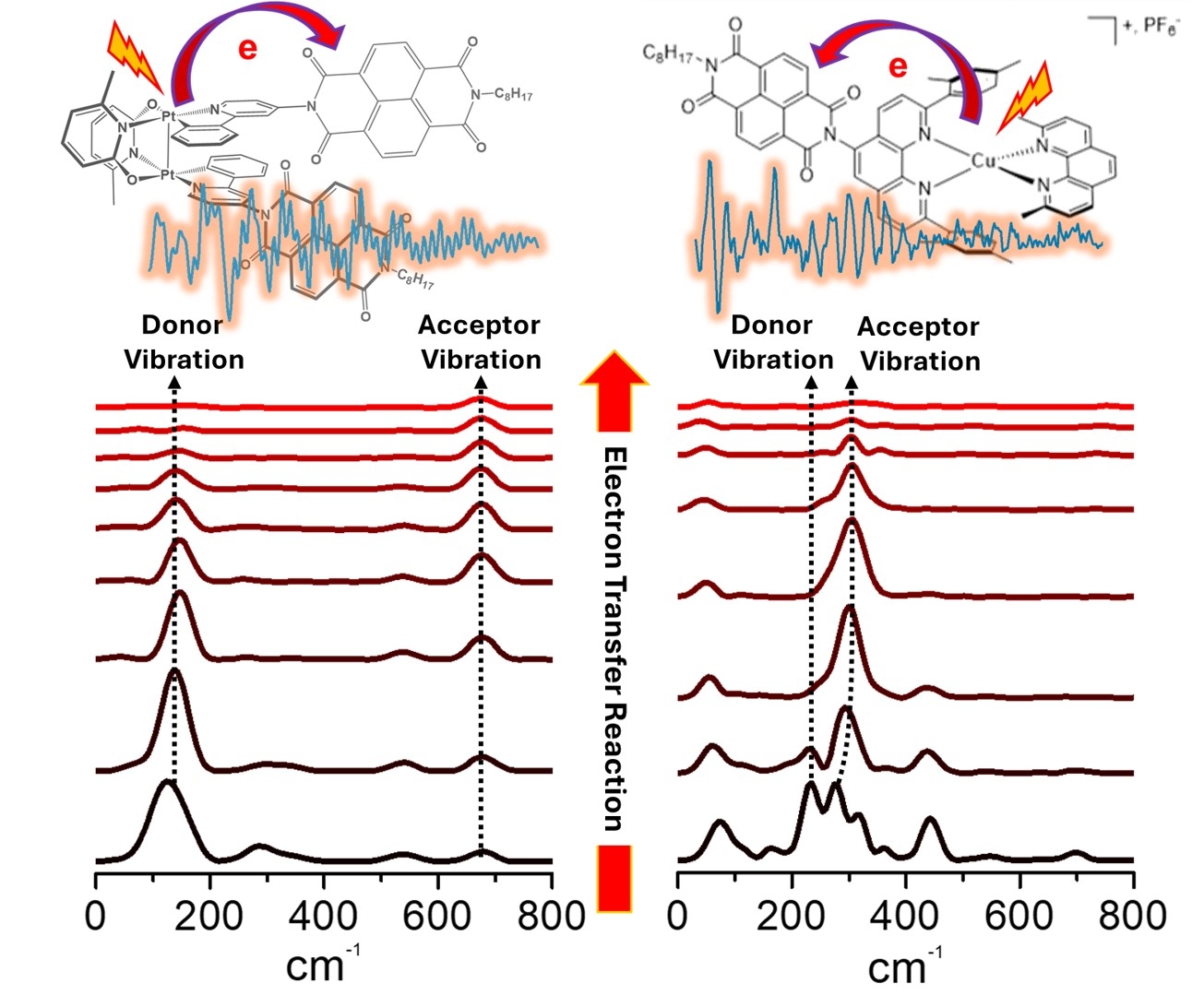4101645
Nuclear motions of transition metal complexes and their impact on photoinduced electron transfer dynamics
Date
August 19, 2024
Related Products
Ultrafast functional structural dynamics in solar energy conversion
The talk will touch the following two topics:
Building a Cu(I) HETPHEN anthraquinone supramolecular assembly for investigating key charge accumulation pathways in solar energy conversion | Poster Board #2534
Developing molecular photocatalysts that can accumulate redox equivalents as a response to photoexcitation is of great interest in order to efficiently facilitate photon-driven reactions that require multiple electrons, such as water splitting and CO2 reduction…
Spin-vibronic effect on photoinduced electron transfer
Direct access to charge-transfer excited states via photon absorption can induce redox potential in transition metal complexes (TMCs), rendering them effective catalysts for driving subsequent electron transfer reactions in solar energy conversion and photocatalysis…
Monitoring charge transfer kinetics of a Cu(I)diimine bridged donor-acceptor dyad through the bridge vibration
There is growing evidence that the interplay between vibrational and electronic dynamics can guide charge transfer reactions…



